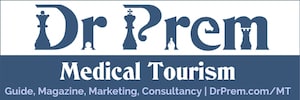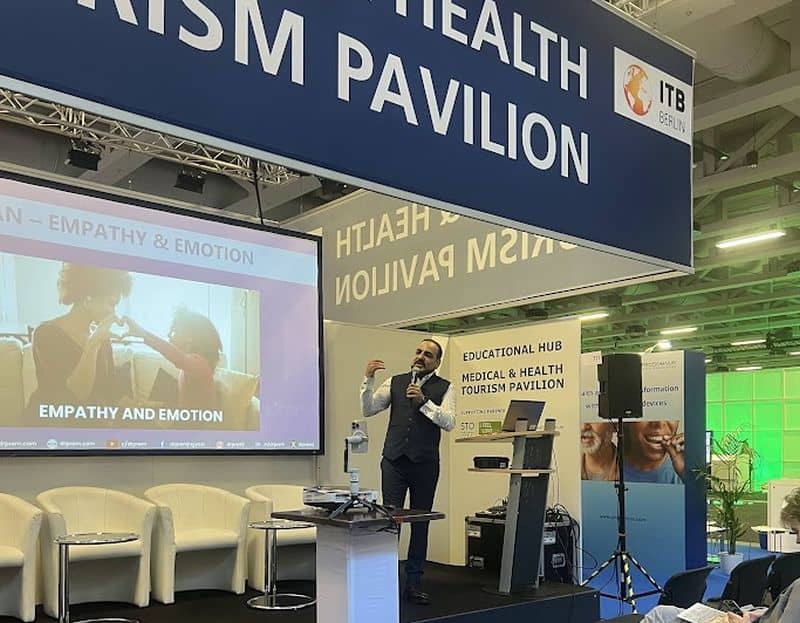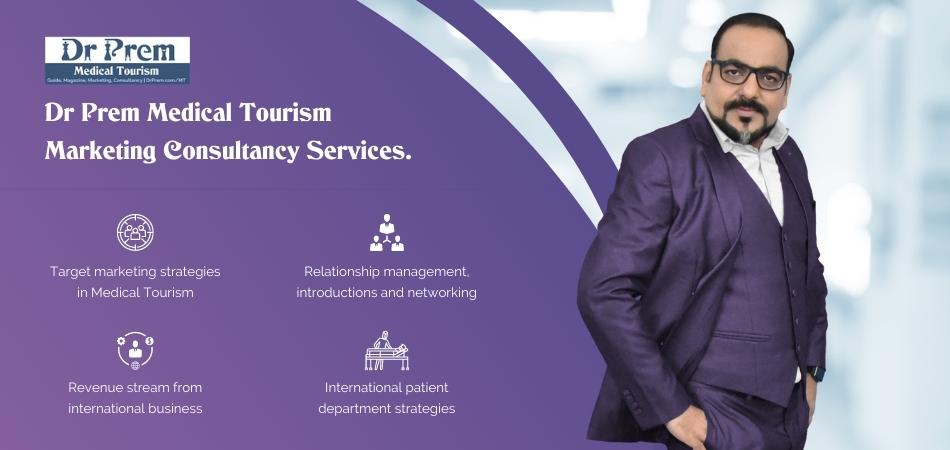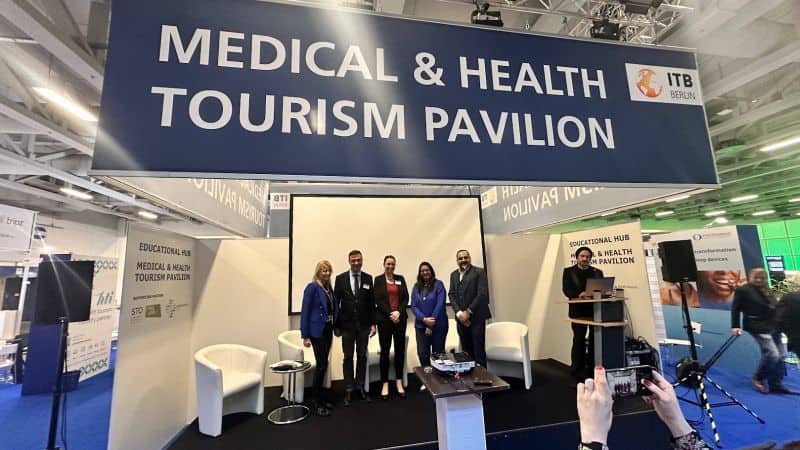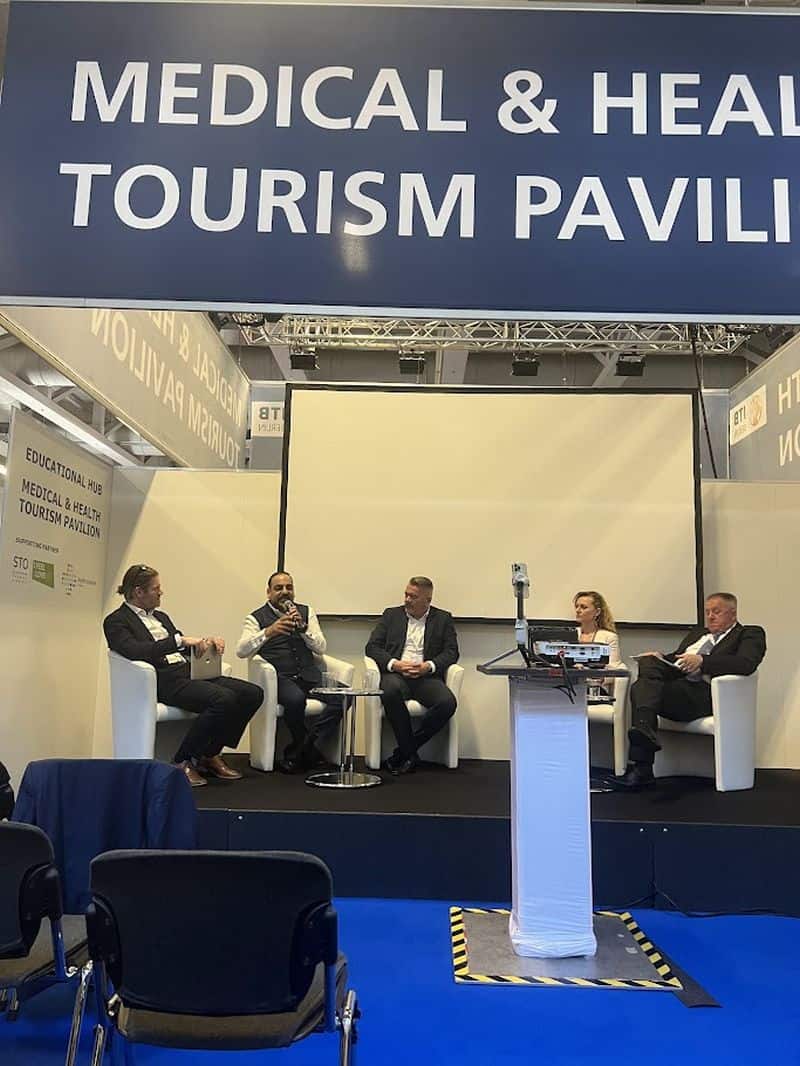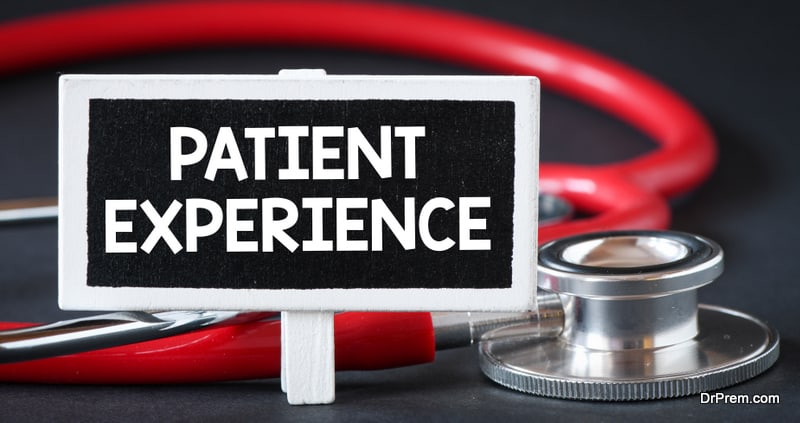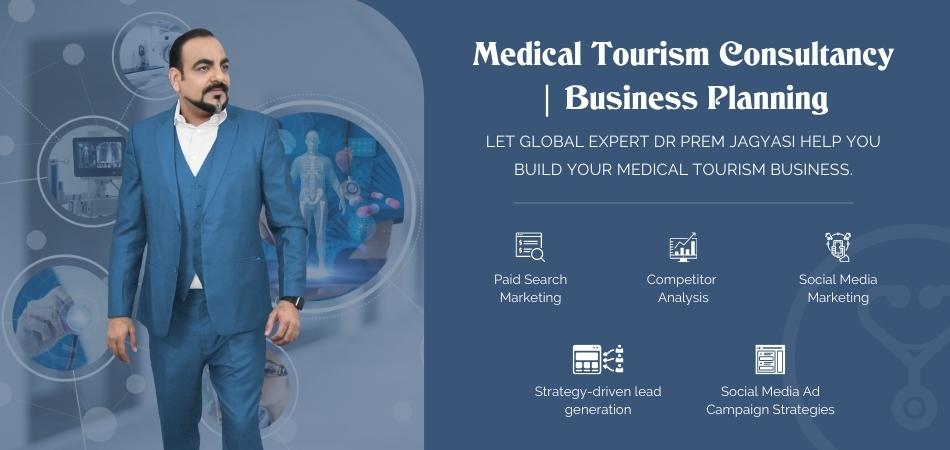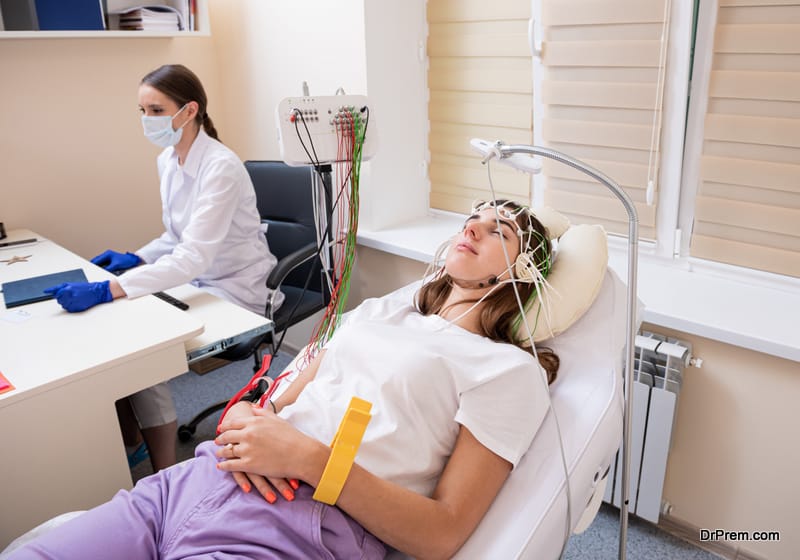If anything that has churned most conversations in medical tourism trends, it is about quality. Amid the growing medical tourism options, is quality suffering or winning? The recent gala ITB Berlin 2024 event further underscored its importance through an enlightening and engaging panel discussion.
The expert panel comprising Dr. Prem Jagyasi (MD and CEO of Dr. Prem And Associates), Zdravko Počivalšek (Business & Tourism Expert / Former Vice Prime Minister of the Republic of Slovenia), Melita Bartoš, (Head of Sales and Marketing, Daruvarske Spa, Toplice), Thomas Bömkes, (ITB Medical & Health Tourism Advisor, Managing Director, Diversity Tourism GmbH), and Tine Murn, Director and Co-Founder, New Deal Europe) delved deeper into this aspect pinpointing the gaps, lapses, and actionable strategies.
How is quality benchmarked in health tourism now and what lies ahead? Experts dug out pertinent issues and suggested sustainable solutions through innovations and collaborations. Here is a synopsis.
Impact of Quality in Medical Tourism on Global Competitiveness
Dr.Prem Jagyasi initiated the discussion by emphasizing integrating wellness into medical treatments. Medical wellness integration keeps the pursuit of well-being on the move. It is much more than following a ‘scheduled treatment program’ that often ends after running its course.
Rejuvenating recovery is as important as treatment, which can happen through proper medical wellness integration. And without quality, the outcomes will be meaningless. Wellness integration elevates the quality of offerings.
Quality builds reputation and brings repeat customers
Quality gives comfort. Quality builds trust. From the marketing perspective, words of mouth work much better than any curated marketing message. People love to talk about their experiences. And people also believe in those who have had firsthand experience. The conversation that builds up through word of mouth reflects the quality.
Caring for Sustainability – The Cornerstone of Quality
Health tourism is a resource-intensive activity, which shoots up with wellness integration. Nature has been and will remain the top wellness attraction calling for enhanced sustainability initiatives. Exploiting natural resources like mineral water, herbs, mud, etc. without creating provisions for regeneration can impact quality and drag health tourism. According to experts, responsible and regenerative initiatives should walk hand-in-hand with health tourism activities.
The role of accreditation and quality assurance standards in establishing quality
Established spa treatment protocols carried out for generations is one of the time-tested quality benchmarks. The perception of quality that has been shaped for years gives more confidence to the clients. Experts unanimously agreed on the importance of accreditation in quality benchmarking. While certification is valuable to establish quality in medical tourism, it should come from a recognized authority.
Dr. Prem presented a different perspective on accreditation. He stressed capacity building and talent nurturing in medical tourism instead of spending massively on exhibitions and other activities.
Quality in medical tourism covers a broad spectrum of support services apart from the treatment or services in the facility. One poor service in the chain can dampen the quality of the experience. Accreditation and regulations in medical tourism are great, but the process should not be complicated or expensive. Added layers of complexities to establish quality can erode the patient experience in medical tourism. A simplified approach is to focus on education and training and fewer procedural hurdles.
Quality in collaboration – A game changer in medical tourism
The service quality of partners and stakeholders should be standardized to offer high-quality patient experiences in medical tourism. One has to build the resources or necessary infrastructure to achieve a standard of excellence. Providers, hospitality, and management should act in synergy to ensure superior outcomes. The foundation should be strong enough to carry the accreditation flag else it will crumble.
Marketing Quality and Credibility
Connecting medical treatments with lots of wellness has distinct competitive advantages. Given the growing demand for authentic natural healing experiences, these need to be marked as the prime elements in destination marketing. These resonate with the audience the most. But the biggest challenge in medical wellness integration is its siloed approach. Given the global dynamism of medical tourism, successful integration can be possible through the active participation of all stakeholders other than facilities and therapists. The intent to work together is important, yet to be prominent.
Establishing Feedback Mechanisms for Quality Enhancement
Patient feedback and reviews create the opportunity for enhancing quality in health tourism. Nothing is trivial in this sector. Catering to every big and small need of health tourists and addressing their problems and difficulties through a proper feedback system establishes the destination’s reputation. Acting on feedback should be a prompt and regular exercise to uphold specific standards that patients are comfortable with. The aim is to push the benchmark higher and higher.
Innovations – The Quality Enhancer in Health Tourism
According to Dr. Prem Jagyasi, medical tourism landscape has changed dramatically over the last two decades. Innovations through telehealth, medical wellness integration, integrative medicine, and healing in nature have elevated the experiences.
But nothing can be compared to AI-powered innovations offering hyper-personalized high-quality services and improving accessibility. AR and VR-driven immersive healthcare experiences and metaverse facilities are complementing it.
Collaboration at the roots for sustained quality and growth
Collaboration with the locals is vital to ensure the sector’s sustainability. They are the real stewards of medical and wellness tourism because being close to the roots they know their soil better than others. They can be important in creating a ‘feel-at-home’ ambience for guests or patients.
Involving them in decision-making and policy framing is crucial to reinforce quality in health tourism. This creates a multi-pronged growth channel through responsible activities fostering the long-term economic sustainability of the destination.
Potential Risks and Challenges in Establishing Quality in Health Tourism
The biggest stumbling block is inconsistent service standards and cultural misunderstandings. Regulatory variations in service protocols often pose serious challenges to health tourism quality. Countries have different protocols in treatment modalities, patient safety, and ethical codes impacting the quality of health tourism. Language barriers, cultural misunderstandings, and inadequate continuity of care affect patient satisfaction. To mitigate financial pressures, businesses often cut corners imapcting the quality of service.
Strategies for Quality in Health Tourism
- Capacity building through expert training and guidance on evolving trends and cutting-edge practices
- Transparent and empathetic patient communication supported by multilingual staff
- Informed patient consent and setting realistic patient expectations
- Innovative tech-driven services and systems for added patient comfort and convenience
- Establish a patient feedback system to enhance services and address concerns.
- Ensure measurable outcomes of treatments and therapies.
- Maintaining the personal human touch in patient care
- Rigorous hygiene and sterilization protocols exceeding local requirements.
- Quality check for all stakeholders.
- Accreditation by recognized international healthcare standards (e.g., JCI, ISQua).
- Grassroot collaboration for responsible resource management.
Medical Tourism Trends and Predictions – Insights from Dr. Prem Jagyasi
There has been a remarkable shift in medical tourism objectives from disease-centric cure to holistic well-being. Providers offering similar treatments and packages have made the market chaotic. What are the emerging key market differentiators?
Medical Wellness Integration
Wellness is a big differentiator in a crowded market. Integrated medical wellness, a trend that garnered attention from the pre-pandemic days is gradually picking up. The market is yet to see a full-blown medical wellness integration. With more evidence-backed studies coming to light, medical wellness integration will evolve with interesting features. Insights from experts will be crucial in enhancing quality and treatment outcomes.
Medical tourism capacity building
As medical tourism diversifies, the demand for well-trained professionals intensifies. There is a pressing need for well-trained and certified medical tourism professionals who can expertly cater to the burgeoning needs of patients. Medical tourism businesses and new entrants must consider capacity building through structured training for sustained excellence and growth.
Niche Market Segmentation
Niche market segmentation is reshaping medical tourism compelling providers to leverage their unique strengths. By focusing on specific areas such as cosmetic surgery, LGBTQ+ wellness, or fertility solutions, businesses can customize their offerings to cater precisely to distinct patient groups. This strategic approach boosts service quality and patient satisfaction, positioning providers to effectively compete and thrive in the global marketplace.
AI-Powered marketing
Medical tourism is in the hyper-personalization era. The more you personalize your offerings the more likelihood is your patient acquisition. People love personal attention, and AI-powered marketing is driving a game-changing trend. AI innovations curate uniquely targeted marketing messages that hit the bull’s eye. Such a targeted approach of aligning services to specific patient’s needs empowers them to make informed decisions faster.
Read More About Medical Tourism Trends
In medical tourism, quality most often overtakes cost as a prime driver. The fact that quality cannot be limited within specific parameters presents both challenges and opportunities. Significant variations in quality benchmarks across different destinations persist. Also existent is a wide gap in quality perception among medical tourists worldwide. The provider and destination need to frame their quality standards and protocols with the sole intention of giving patients the best outcome without doing any harm.
